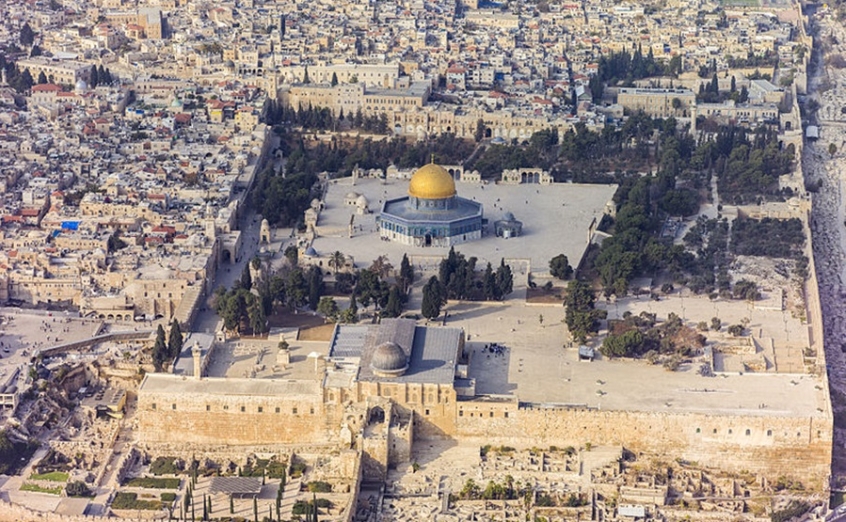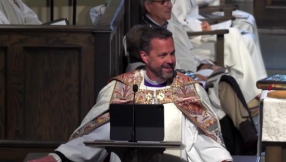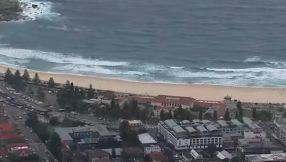One of the things anyone notices about the Gospels is that they each tell the story of Jesus' Passion in their own way, and that it's very difficult to square the chronologies (Ian Paul on his blog has a good discussion of this).
There are various things that do appear to have happened, though, in whatever order they might have been.

1. The Sanhedrin (the Jewish Council) met and agreed to betray Jesus (Matthew 27: 3-5).
2. Jesus was anointed at Bethany (Matthew 26: 6-13, Mark 14: 3-9). What seems to be a version of this story appears in Luke's Gospel in chapter 7, 36-50; in John, it happens before the Triumphal Entry (12:1-11) and Mary is named as the woman.
3. Jesus curses the fig tree, which withers and dies. It's a symbolic parable of judgment (Matthew 21: 18-22, Mark 11: 12-14, 21).
4. Jesus cleanses the Temple (Matthew 21: 12-16, Mark 11: 15-19, Luke 19: 45-47). In John 2: 13-16 this happens at the beginning of Jesus' ministry; some commentators think it may have happened twice, others that it's the same story put in a different context.
5. Jesus debates with the Pharisees and Sadducees and teaches the crowds. Matthew has the parable of the wedding banquet and the parable of the tenants, for instance, the teaching about paying taxes to Caesar (22-23) and a section on the 'signs of the end of the age'. Mark and Luke have the story of the widow's mite (Luke 21: 1-4). John has a long section of teaching directed at the disciples (14-17).
6. Judas agrees to betray Jesus (Matthew 26: 14-16, Luke 22: 1-6); the Wednesday of Holy Week is sometimes called Spy Wednesday for this reason.
7. Jesus predicts his death (John 12: 20-36).
8. He shares a Last Supper with his disciples (Matthew 26: 17-30, Mark 14: 12-26, Luke 22, John 13.
9. He and his disciples go to the Garden of Gethsemane (Matthew 26: 36-46, Mark 14: 32-52, Luke 22: 39-46, John 18: 1-11). In Luke's and John's Gospels the garden is not named. It's there that Jesus is arrested.
All of these things appear in the different Gospels between Palm Sunday and Good Friday. We should be aware, though, that they didn't have the same ideas about chronology as us: they were writing history, but of a particular type. So they would have thought it perfectly reasonable to shift things around a bit to make it fit the meaning of the story. What seems likely, though, is that Jesus was in the public eye and that there were confrontations with authority. On a purely human level, he must have known that the end was coming. For anyone else, that would paralyse them with fear. But Jesus continued his ministry, preaching, teaching and challenging, when he could have left the city and been safe at any time.
During this week we look forward to Good Friday, quite rightly. But the shadow of the cross was already darkening over Jesus – and he did not falter for a moment.













